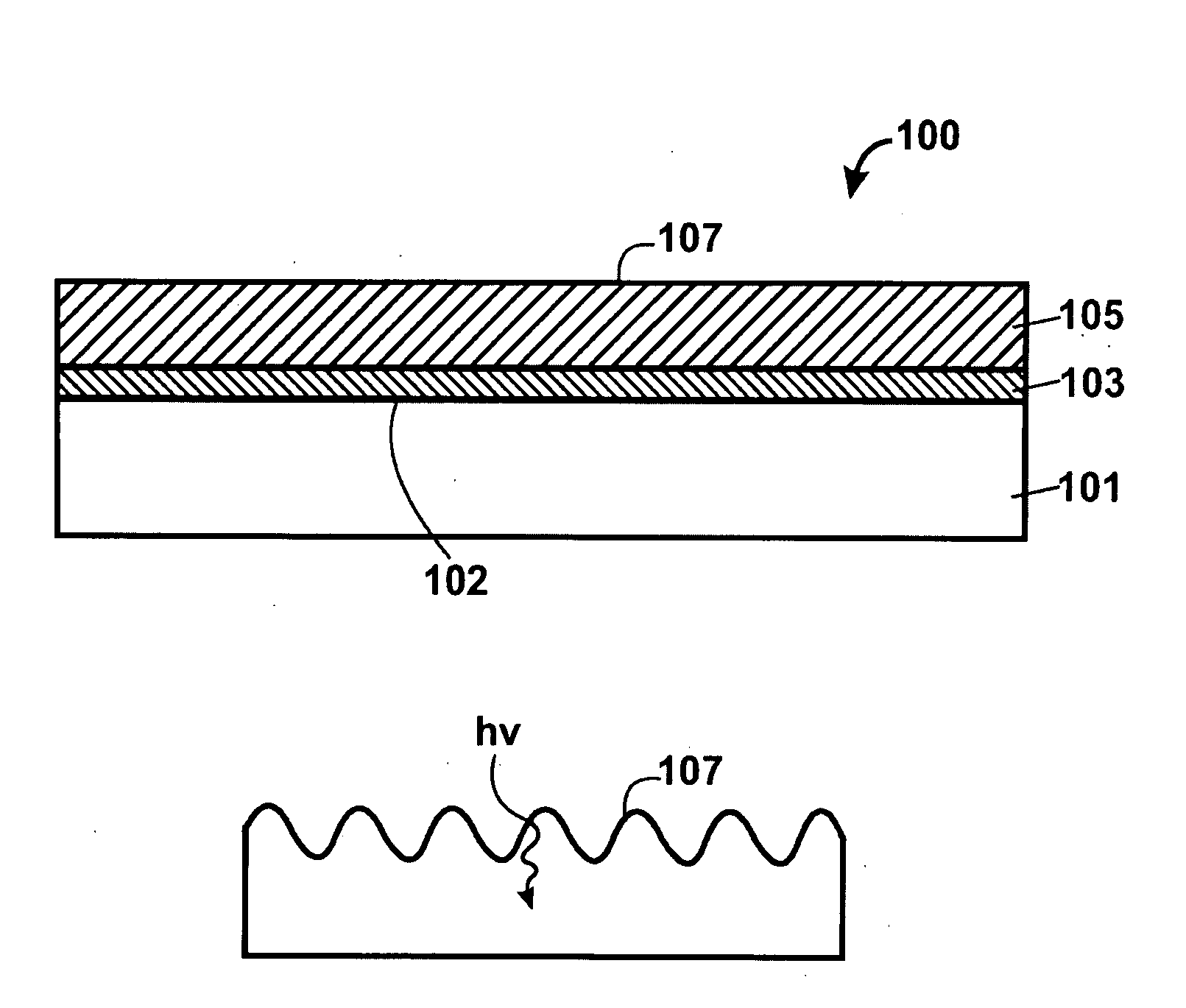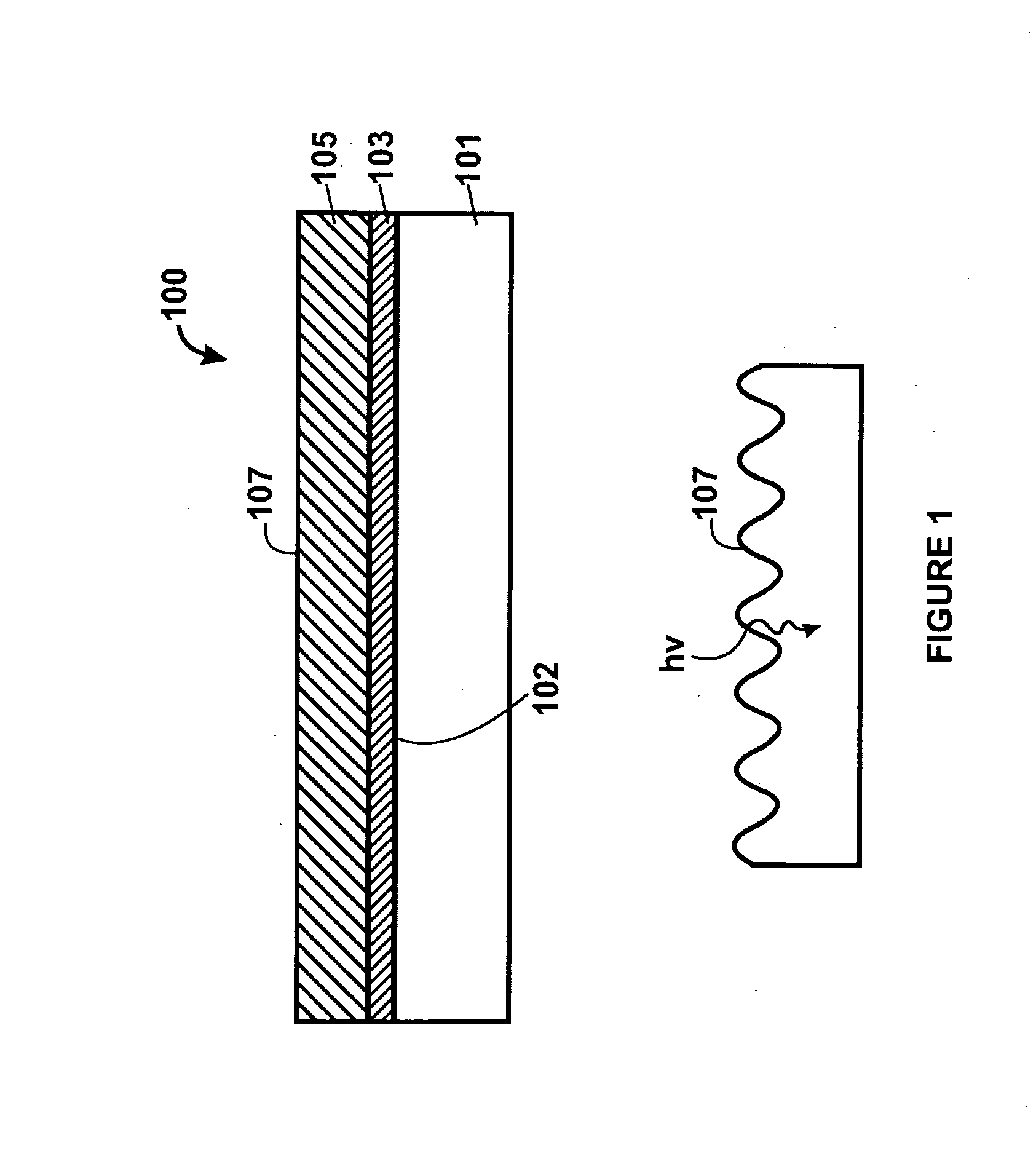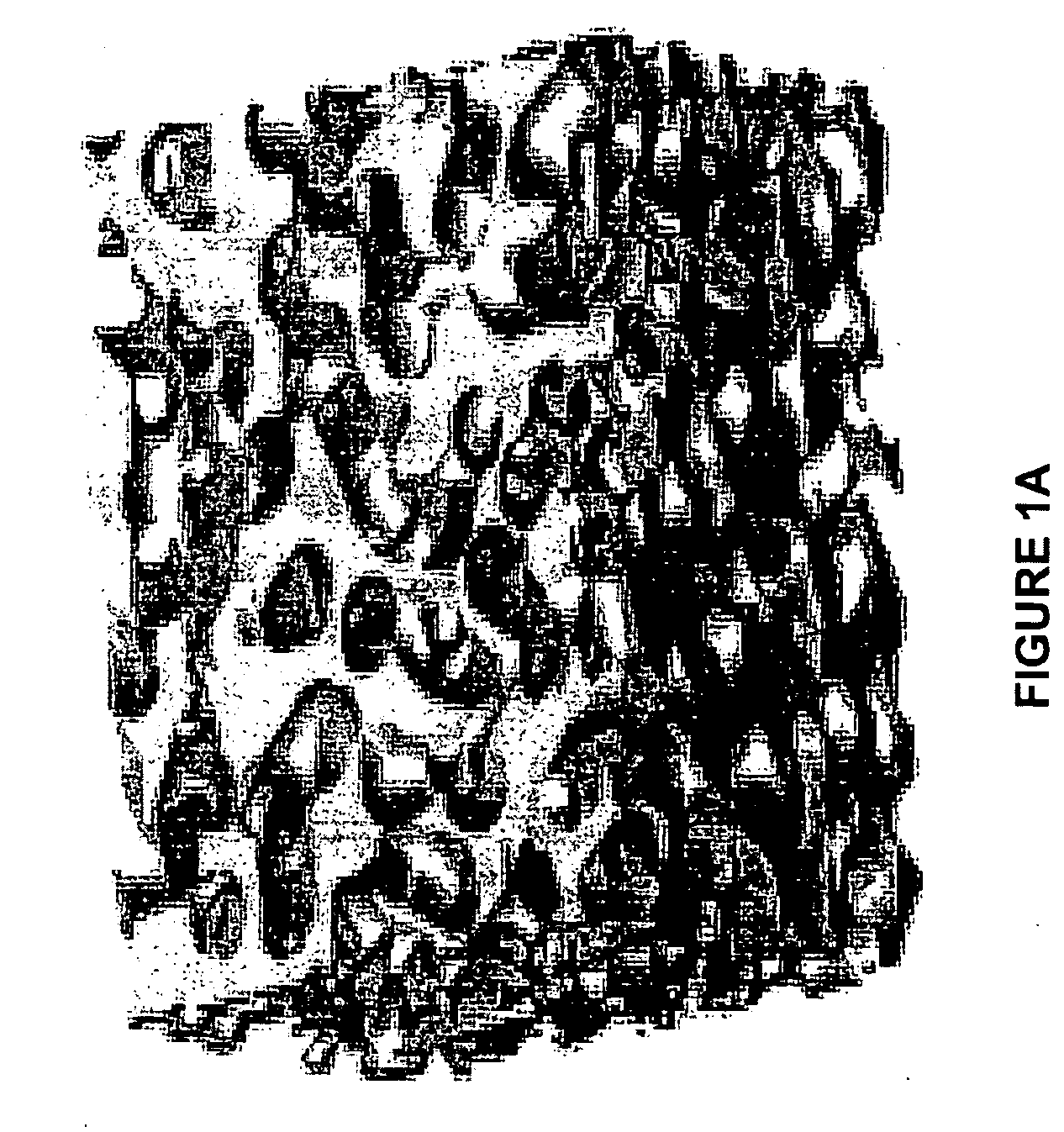Internal light trapping method and structure using porous monocyrstalline silicon films for photovoltaic applications
a monocyrstalline silicon and photovoltaic technology, applied in the field of solar energy techniques, can solve the problems of increasing the number of incident photons, increasing the number of greenhouse gases, so as to a wide range of applicability, and facilitate the trapping of one or more incident photons.
- Summary
- Abstract
- Description
- Claims
- Application Information
AI Technical Summary
Benefits of technology
Problems solved by technology
Method used
Image
Examples
Embodiment Construction
[0021]According to the present invention, techniques related to solar energy are provided. In particular, the present invention provides a method and resulting device for light trapping fabricated from a hydrogen separation process using a crystalline porous material suitable for photovoltaic applications. More particularly, the present invention provides a method and resulting device for manufacturing the photovoltaic regions within the single crystal porous material on a substrate member. Such substrate member can be a support member, such as a low grade polysilicon plate, metal plate, glass plate, a combination of these, or the like. Merely by way of example, the invention has been applied to solar panels, commonly termed modules, but it would be recognized that the invention has a much broader range of applicability.
[0022]FIG. 1 is a simplified side-view diagram of a photovoltaic device according to an embodiment of the present invention. This diagram is merely an example, which...
PUM
 Login to View More
Login to View More Abstract
Description
Claims
Application Information
 Login to View More
Login to View More - R&D
- Intellectual Property
- Life Sciences
- Materials
- Tech Scout
- Unparalleled Data Quality
- Higher Quality Content
- 60% Fewer Hallucinations
Browse by: Latest US Patents, China's latest patents, Technical Efficacy Thesaurus, Application Domain, Technology Topic, Popular Technical Reports.
© 2025 PatSnap. All rights reserved.Legal|Privacy policy|Modern Slavery Act Transparency Statement|Sitemap|About US| Contact US: help@patsnap.com



